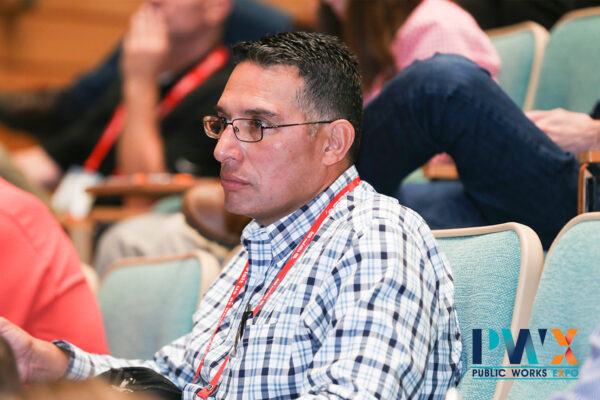Member
In 1983, Georgia-based R.E.M. released their debut album featuring an image of an abandoned railroad trestle on the album’s back cover. Fifteen years later, the railroad began an effort to…
Read MoreLand acquisition for 65 miles of Transmission Main from Chicago to the Southwest Suburbs—The Alternative Water Source Program (AWSP) is being undertaken by the Grand Prairie Water Commission (GPWC) in…
Read MoreHaving a job requires working with a plethora of people with different generational backgrounds and experiences. These differences can impact how people interact with each other and perform work, especially…
Read MoreThe presentation will showcase the expansive Career and Technical Education (CTE) program at Brevard (Florida) Public Schools that trains (and certifies) high school students for careers in several public works…
Read MoreFor many larger agencies, having fleet management software (FMS) is a standard amenity. Having an FMS makes vehicle replacement and budget planning a much easier task. But . . .…
Read MoreHall County, Georgia, is a growing community located on the edge of the Atlanta metropolitan area. The county has undergone substantial population growth over the last decade as Atlanta continues…
Read MoreThe International Public Works Director Roundtable is an interactive annual session that targets public works directors (PWDs) or their equivalent across the world. Using the tagline “Where Directors Go to…
Read MoreDue to the drive to expand the nation’s 5G mobile network, California’s Legislature passed Senate Bill (SB) 378, the Broadband Acceleration Best Practices Act of 2021. The Act requires local…
Read MoreThe City of Columbus Department of Public Service (DPS) began a partnership with Marysville Women’s Reformatory (MWR), the only women’s prison in the state, in July 2021 to offer restored…
Read MoreThe unhoused, more commonly known as the homeless, are a nationwide challenge to both urban communities and small cities. The issue of the unhoused is frequently presented as a social/economic…
Read More



